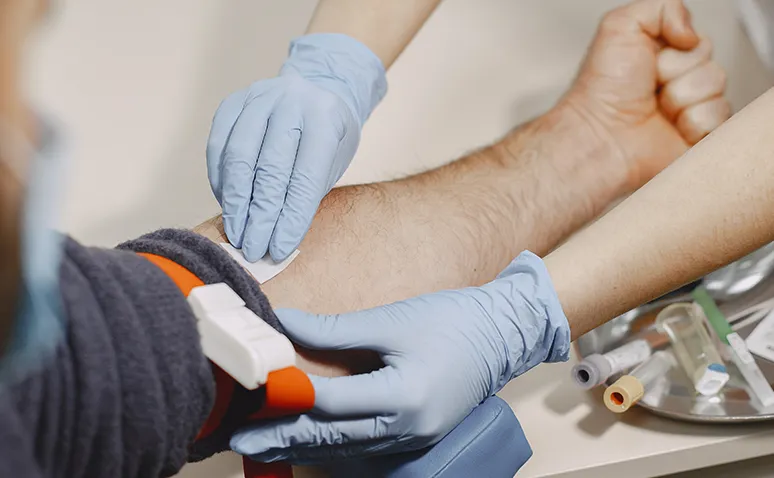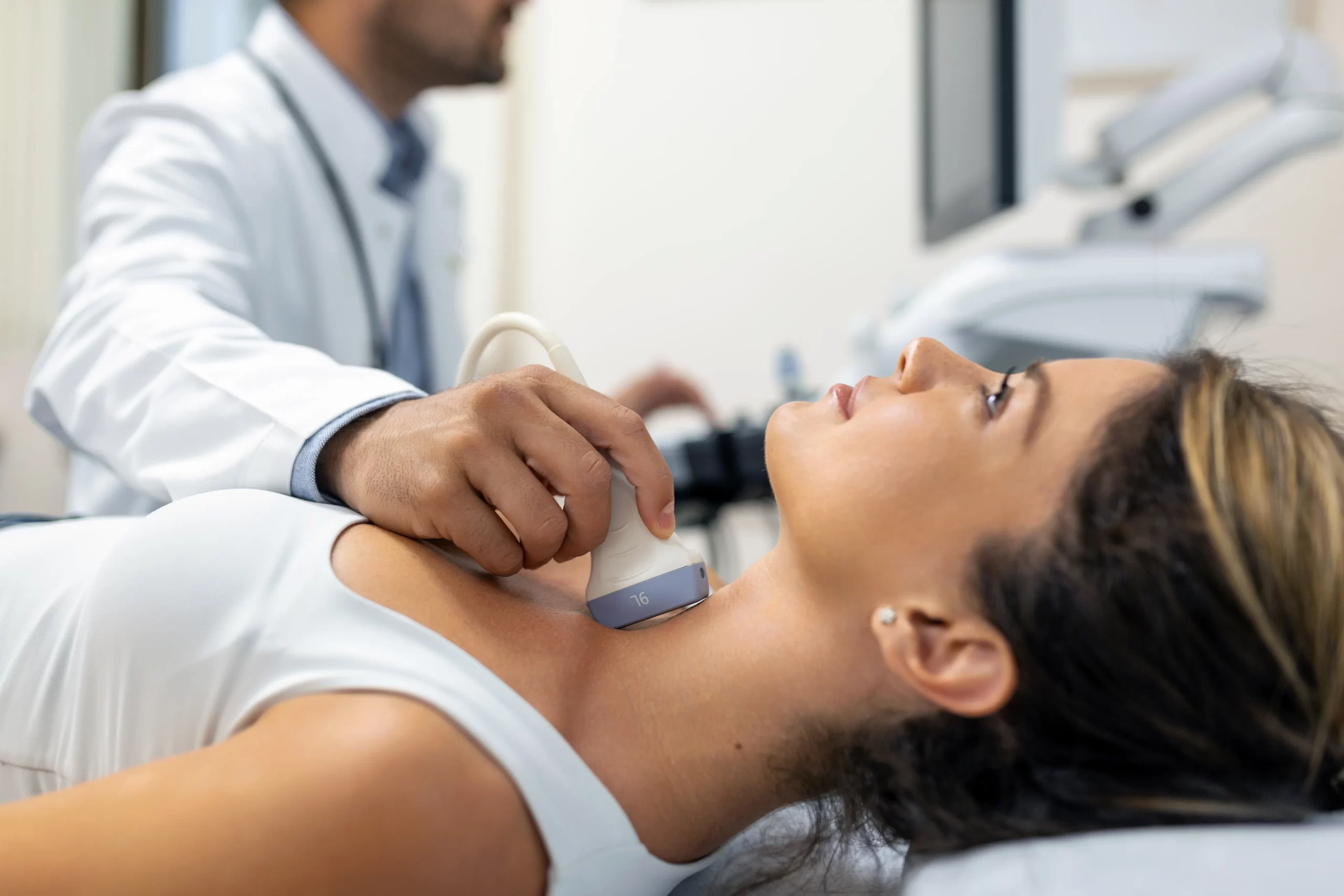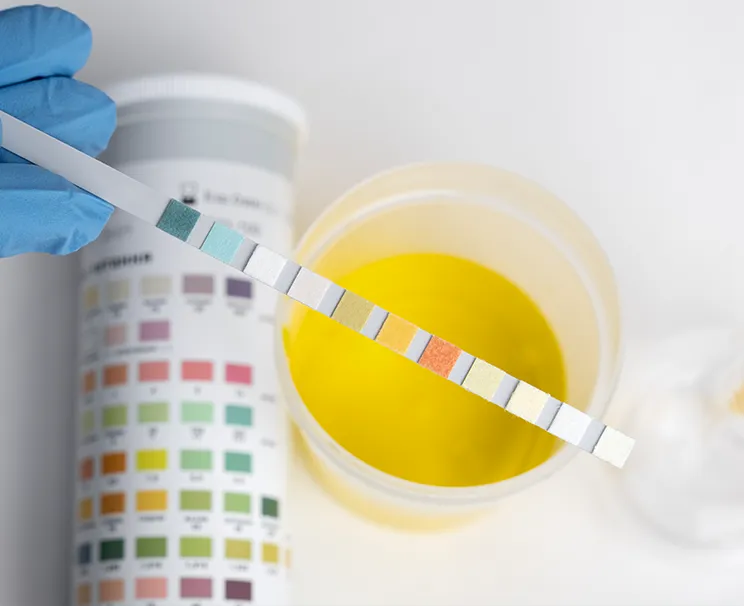
Symptoms of sexually transmitted infections (STIs) include a variety of signs that can range from mild to severe, potentially affecting quality of life. For example, infections like chlamydia and gonorrhea can spread without showing symptoms, while herpes infections can cause red, painful blisters or sores in the genital area.
Symptoms of sexually transmitted diseases may include itching in the genital area, a burning sensation, abnormal discharge, and painful urination. Sores and warts in the genital area can also be signs of infection. It is important for sexually active individuals to take these symptoms seriously and to have regular health check-ups. Early diagnosis and treatment are critical for protecting personal health and preventing the spread of the disease.
Male Symptoms of Sexually Transmitted Diseases
Sexually transmitted infections can occur in both men and women, but the symptoms in men may vary. Men should consult a urologist and undergo the necessary tests as soon as they notice symptoms. The most common symptoms of these diseases in men include:
Feeling a burning, stinging, or painful sensation while urinating may indicate infections such as chlamydia and gonorrhea.
White, yellow, or green discharge from the tip of the penis may be a sign of a sexually transmitted disease.
Painful or painless blisters, warts, or sores in the genital area can indicate infections such as herpes, syphilis, or HPV.
Pain, swelling, or enlargement of the lymph nodes in the groin area are also among the symptoms of the disease.
A rash or itching on the skin can be seen in the early stages of infections like syphilis.

A sexually transmitted infections test is necessary to confirm these symptoms and determine which infection is present. Tests can be conducted using urine samples, blood tests, or genital samples. Early diagnosis and treatment are crucial to preventing complications and stopping the spread of the disease.
Another way to determine if an infection is present is through regular health check-ups. Symptoms can sometimes be mild or not appear at all. Therefore, sexually active individuals are advised to get tested at regular intervals, especially if they have had unprotected sex with a new partner, as these tests become even more important.
Female Symptoms of Sexually Transmitted Diseases
Sexually transmitted diseases can manifest in women with various symptoms. These symptoms include changes in vaginal discharge, itching, a burning sensation, pelvic pain, painful urination, and pain during intercourse.
Additionally, sores, warts, or blisters in the genital area may also be present. Infections can sometimes present with mild symptoms in women in the early stages, or they may not show any symptoms at all. Therefore, regular health check-ups and tests are important.
What Are Sexually Transmitted Diseases?
HPV (Human Papillomavirus) is one of the most common infections in women. HPV can lead to genital warts and, in some cases, cervical cancer. Symptoms may not always be visible, so regular screening tests should be conducted.
HIV and AIDS are other significant sexually transmitted diseases that weaken the immune system and can lead to serious health issues. After entering the body, HIV attacks immune cells and, if left untreated, can progress to AIDS (Acquired Immunodeficiency Syndrome).
Bacterial infections such as chlamydia and gonorrhea are also common among women. If left untreated, these infections can lead to pelvic inflammatory disease and increase the risk of infertility. Syphilis is an infection that presents with rashes and sores on the skin and can cause serious health problems.
Genital herpes infection is caused by the herpes simplex virus, and symptoms usually appear within the first few days of infection. Initially, itching, burning, or tingling may occur in the affected area. Subsequently, red, painful blisters or sores may develop in this area. These blisters can rupture over time, turning into painful sores that heal within a few weeks.
Symptoms of genital herpes may include genital sores, fever, headache, muscle aches, and swollen lymph nodes in the groin. The initial infection is usually more severe, and the body may experience milder symptoms in subsequent outbreaks. The herpes virus remains in the body permanently and can become active again due to triggers such as stress, illness, or a weakened immune system.

When Do Symptoms of Sexually Transmitted Diseases Appear?
The symptoms of sexually transmitted diseases vary depending on the type of infection and the individual’s immune system. In some diseases, symptoms can appear within a few days, while in others, it may take weeks or even months for symptoms to become apparent. In some cases, especially with diseases like HIV and herpes, individuals may carry and transmit the infection without experiencing symptoms.
Are Sexually Transmitted Diseases Permanent?
The persistence of sexually transmitted diseases depends on the type of disease. Bacterial infections can often be treated and completely cured with antibiotics. Bacterial diseases such as chlamydia and gonorrhea can be cured with antibiotic treatment. However, viral infections are usually permanent. Diseases caused by viruses such as herpes, HIV, and HPV can remain in the body and cannot be fully cured. HIV can be managed with appropriate treatment, but it cannot be completely cured. Similarly, herpes remains permanently in the body, but symptoms can be treated and managed.
Can Diseases Be Transmitted Without Sexual Contact?
Sexually transmitted diseases are typically spread through sexual contact. However, they can also be transmitted without sexual contact. For example, viruses such as HIV and hepatitis B can be transmitted through body fluids such as blood, semen, vaginal fluids, and breast milk. Shared needles, infected blood products, childbirth, or breastfeeding can also pose transmission risks. Additionally, some diseases (e.g., herpes and HPV) can be transmitted through skin contact. Although rare, transmission is also possible through shared items like towels or personal hygiene products.
What Sexually Transmitted Diseases Can Be Detected in Blood Tests?
Blood tests are used to detect various sexually transmitted diseases. HIV, syphilis, hepatitis B, and C can be diagnosed through blood tests. The HIV test detects antibodies or antigens indicating the presence of the virus in the body. Syphilis blood tests look for antibodies produced in response to the infection. Hepatitis B and C tests assess the presence of the virus and liver function. Some diseases can also be detected through urine or genital samples, in addition to blood tests.
How to Protect Against Sexually Transmitted Diseases?
To prevent sexually transmitted diseases, certain precautions can be taken. One of the most effective methods of protection is using condoms. Condoms reduce the risk of infection transmission during sexual intercourse. Additionally, practicing monogamy or limiting the number of sexual partners can reduce the risk of transmission. Regular health check-ups and tests allow for early diagnosis and treatment. It is also important to communicate openly about the health status of sexual partners and be aware of the risks. Moreover, vaccines are available for specific infections, such as HPV and hepatitis B, and can help prevent these diseases.
What Should Be Done After a Suspicious Sexual Encounter?
After a suspicious sexual encounter, it is crucial to visit a healthcare facility as soon as possible and undergo the necessary tests. Early diagnosis allows for rapid treatment initiation and prevents potential complications. If an infected partner is suspected, this information should be shared with the doctor. Sexual partners should also be informed about the situation and encouraged to get tested. Even if symptoms do not appear, regular testing and being informed about sexual health can help protect long-term health.










